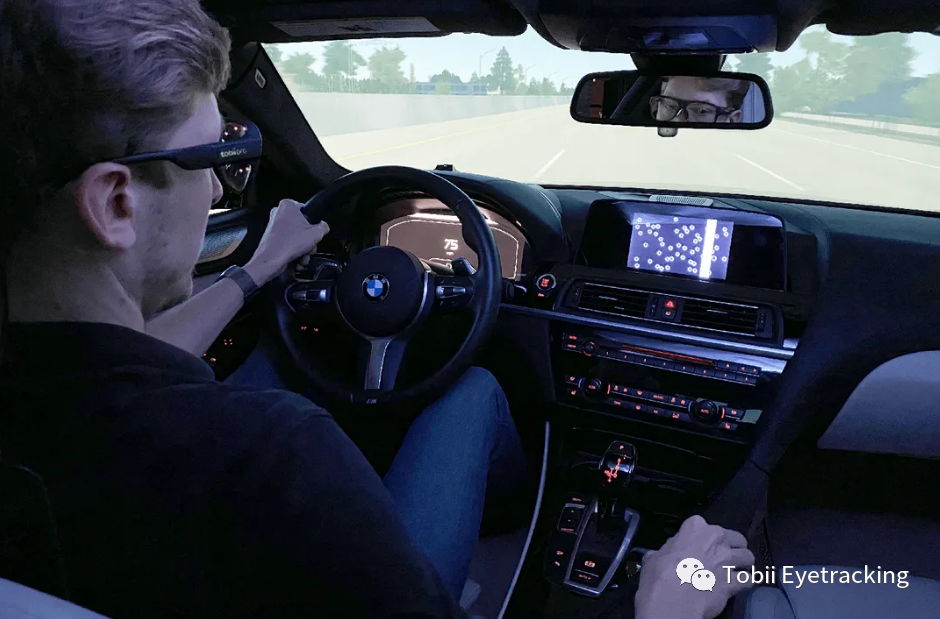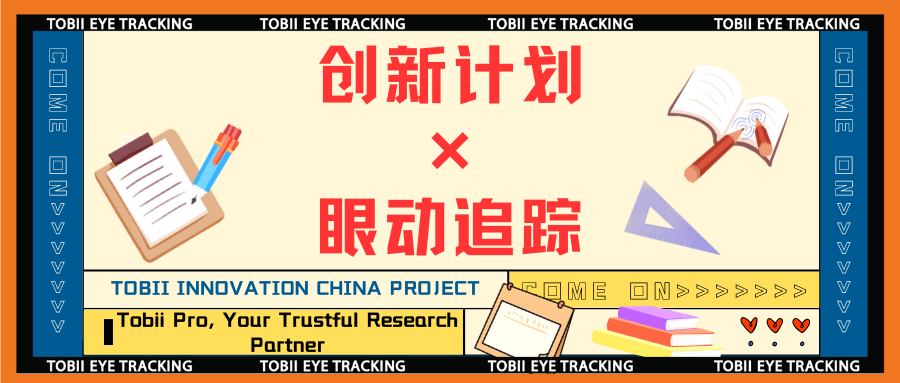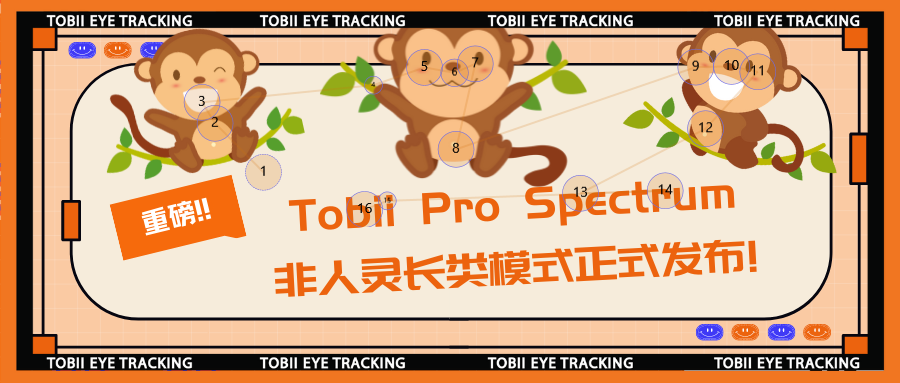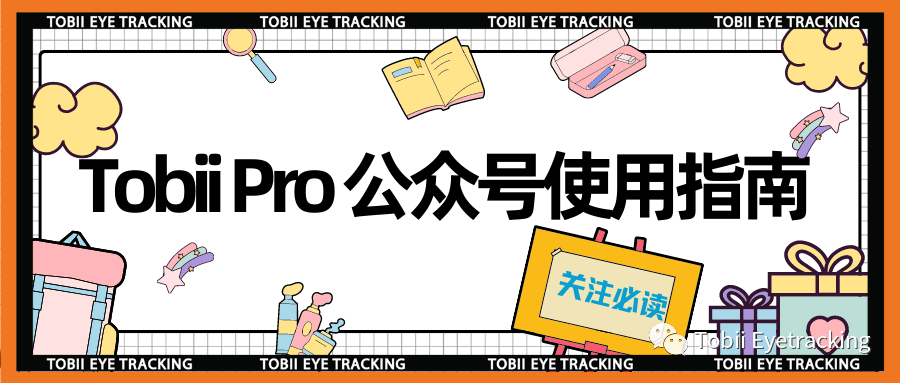Humanizing UX design means putting yourself in your users' shoes and feeling what they are feeling. Through attention computing we can gain insights that are often overlooked, which can help us create products and services that users enjoy using more.
Consumers want every interaction with you to be smooth and fast, but human-centered design requires special behavioral data.Attention computing makes previously hidden insights clear to help us optimize websites, apps and games, and navigation in public spaces.
Poke the video below to learn more 👇
Eye tracking allows you to de-visualize areas of the human-machine interface that impede intuitive behavior in industrial and automotive environments. By looking at the user's gaze, you can identify areas of hesitation, frustration and mind-flow. In-depth and reliable data allows you to make design decisions that will pay off for your interface design and user experience research at the same time.
For more research related to driving experience, please refer to:https://www.tobii.com/solutions/consumer-research-and-user-experience/ux-research/driver-experience


Want to know what eye tracking looks like for user experience research?In the links below, you will find data and insights from a range of user experience studies.These studies focused on mobile application design, web design, prototype testing, and in-store navigation.
Report access link:https://www.tobii.com/resource-center/reports-and-papers/empowering-UX-design-with-attention-data










This article comes from the WeChat public number: EVERLOYAL









































